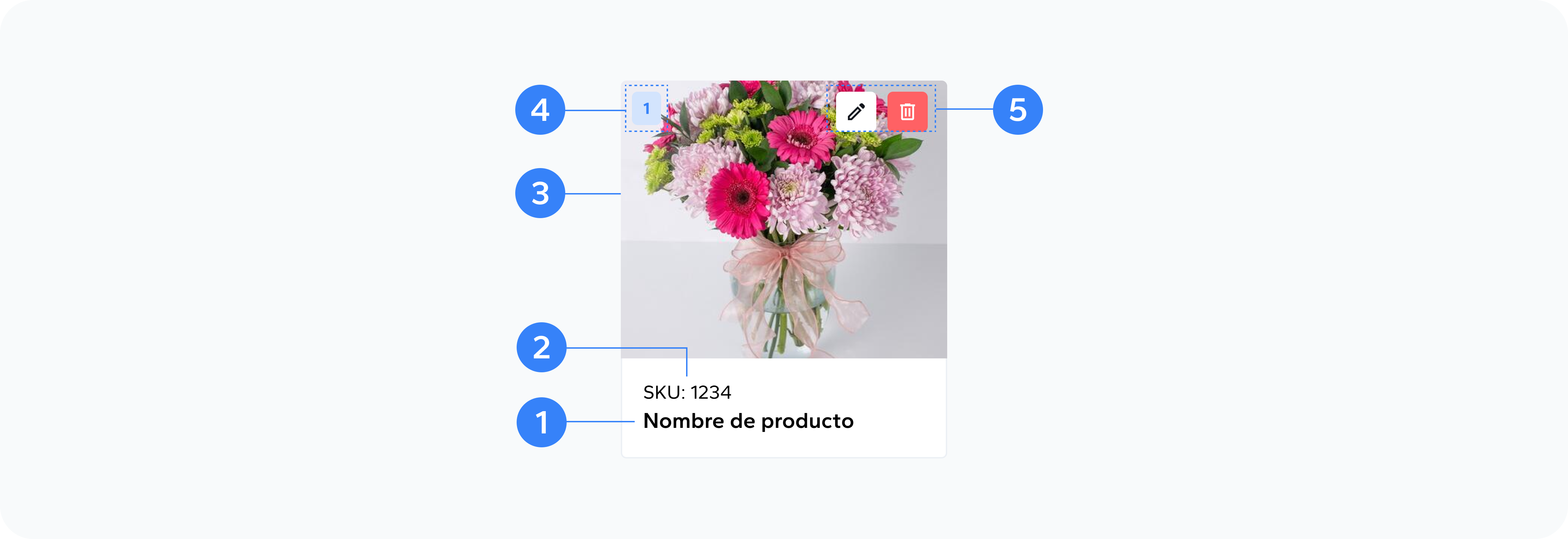Card
A flexible content container component that provides a structured way to display content with headers, footers, and various content options, offering a clean and consistent layout for information presentation.Basic Card
The card component can be created by calling the UI::card() method.
Options
The Card component has several options for images and toolbar positioning.Card::FILL: Image fill option that fills the image container.Card::CONTAIN: Image fit option that ensures the entire image is contained within its container.Card::COVER: Image fit option that covers the entire container, potentially cropping parts of the image.Card::TOP_LEFT: Position option for toolbar placement in the top-left corner.Card::TOP_RIGHT: Position option for toolbar placement in the top-right corner.Card::BOTTOM_LEFT: Position option for toolbar placement in the bottom-left corner.Card::BOTTOM_RIGHT: Position option for toolbar placement in the bottom-right corner.
Card Examples
Here are examples of different ways to use the card component.Styled Card
The bsStyle() method applies Bootstrap styling to the card.
Card with Border Style
The borderBSStyle() method applies a colored border to the card.
Card with Image
The image() method adds an image to the card. The second parameter specifies the fit style.
Card with Custom Image Aspect Ratio
You can specify an aspect ratio for the image using the third parameter of the image() method.
Card with Toolbar
The toolbar() method adds buttons to the card. The second parameter specifies the position.
Card with Multiple Features
Multiple features can be combined to create a highly customized card.
Card with HTML Content
The card's header, body, and footer can accept HTML elements or arrays of elements for more complex content.
Card Title
This is a paragraph inside the card.
- Item 1
- Item 2
- Item 3
API
The card component extends fromHtmlElement so it has all its methods available.API PHP
Common alternative names: Panel, Tile, Block, Container, Box, Module, Widget
Types: Basic Cards, Image Cards, Styled Cards, Bordered Cards, Interactive Cards, Collapsible Cards, Closeable Cards
Principles
Content Organization
Cards organize related content into discrete, manageable units, creating visual separation that improves readability and information processing.
Flexible Presentation
The versatile structure of cards enables consistent presentation of different types of content while maintaining flexibility for various use cases.
Visual Hierarchy
Through consistent styling and layout, cards establish a clear visual hierarchy that helps users understand the relationship between different pieces of information.
Anatomy

- Title
- Subtitle
- Body
- Index
- Toolbar
A descriptive title that conveys the gist of the information contained within the card
A secondary title that provides additional context or information
The main content area of the card
A visual index or indicator that helps users understand the card's position in the layout
A collection of buttons or actions related to the card content
Usage
Use cards to organize and display content in a clean, structured format. They're particularly effective for dashboards, catalogs, profile pages, and any interface where multiple content blocks need to be displayed in a consistent manner. Cards help create visual distinction between different pieces of content while maintaining a cohesive design language across the application.